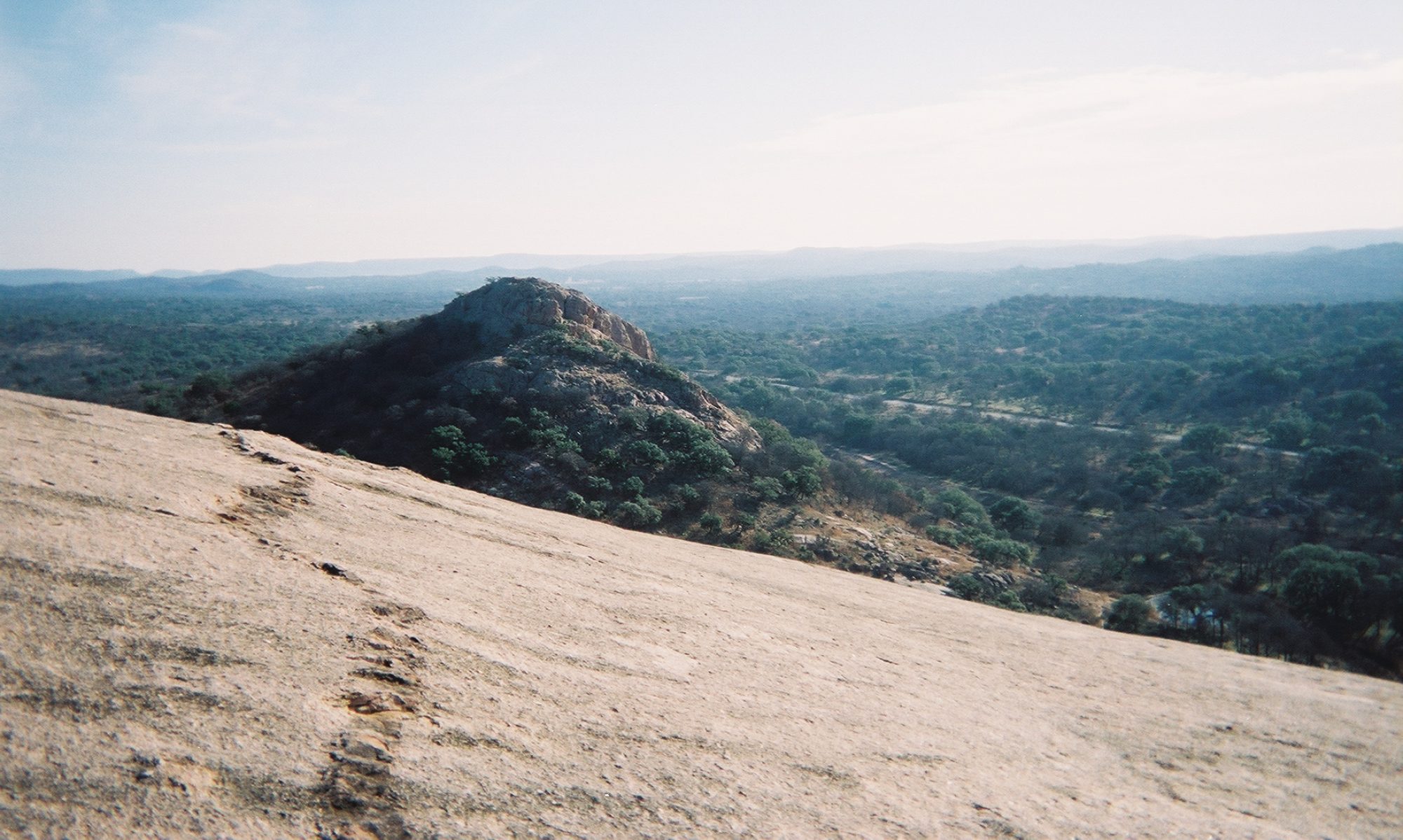This afternoon I have been reading about earthquakes for no particular reason that I can think recall. Actually I read something and then read something else and then made it to here on the old EFD blogging room. Am I a nerd or am I just bored?
Earthquake data of many types are available on the National Earthquake Information Center Web page which is produced by the U.S. Geological Survey. What I found interesting was a historical earthquake database on which one may search a certain area using latitude and longitude information. Since we don’t get a whole lot of earthquakes here on the upper Texas Gulf Coast I thought I’d take a look see if any quakes had been recorded. And to my surprise I did find some reports within the 150-mile radius of where I am now typing this — Beaumont, Texas — 47 incidents to be exact ranging from the late 1800s until 1983.
Why the list stops at 1983, I am unsure. The USGS does have more recent reports but the closest earthquake I found within this century was a 2.7 magnitude shaker some 21 miles west of Bryan, Texas, which is 139 miles west northwest of where I am.
I also gained a little knowledge about an interesting project while I was trying to find out where these historical quakes took place. A Web site for the Degree Confluence Project allowed me to find out the general vicinity of where the tremors took place by entering latitude and longitude. What the project entails is people who are trying to visit each place on earth at which the latitude and longitude integer degree intersects. The people who reach that place takes pictures at the very spot and writes a little story about their trip. Hey, it’s something to do!
Using the degree project information I tracked down the area in which 17 of the 47 earthquakes listed within 150 miles of where I live occurred. That would be in the general vicinity of the Kisatche National Forest in western Louisiana. Actually, that parish (the Louisiana version of an American county) is home to the Army’s Fort Polk and is also next door to the Texas county in which I grew up.
I remember hearing about those quakes. This was back in 1964 and I had heard of tremors being felt at the northern end of the county where Toledo Bend Dam was being built. I remember some people talking about the possibility that the shaking came from military exercises taking place at Fort Polk, but later I did find out about a fault in the earth running through that area. Great place for a dam, huh? Probably, at least there is good fishing there, or so I have heard.
According to the USGS information, the quakes in that vicinity ranged from 2.6 to 4.4 in magnitude. All of which means little compared to the constant rumbling in the earth in places such as California or Alaska. But people who are fortunate to not experience quakes tend to take these things for granted, kind of similar to the way people in this area had become fairly complacent about hurricanes before Katrina hit our neighbors in Mississippi and New Orleans, and then Rita came barreling her way thorough our very own streets.
Scientists point to the New Madrid Fault, so named because of nearby New Madrid, Mo., as likely to have “the big one” which I suppose could be felt as far away as where I live. A series of earthquakes happened in 1811-1812 which were among the most powerful ever felt in the United States, an estimated 8-magnitude during each of three of the quakes, says the USGS. Damage occurred as far away as Washington, D.C. and Charleston, S.C., and the quakes caused church bells to ring in Boston some 1,000 miles from the New Madrid area.
The New Madrid quakes even figure into the mystery of how beautiful Caddo Lake, in northeast Texas and northwest Louisiana, was formed. A history of the lake points out that some believe the lake was the result of the quakes while others point to a huge log jam, known as “The Great Raft,” which packed the Red River which flows nearby at Shreveport.
While it is kind of cool to think about the amazing power contained in this force of nature, perhaps we should bear in mind that New Madrid-like quakes will likely happen again. Scientists say a 90 percent chance exists that a quake with a 6-to-7 magnitude will take place within the next 50 years in the Mississippi Valley. The area in which the earthquakes, which are expected at any time, is vastly populated in comparison with the early 1800s. Most buildings were also not built with protection from earthquakes.
Yes, quakes are a mighty awesome force and mighty scary as well.
